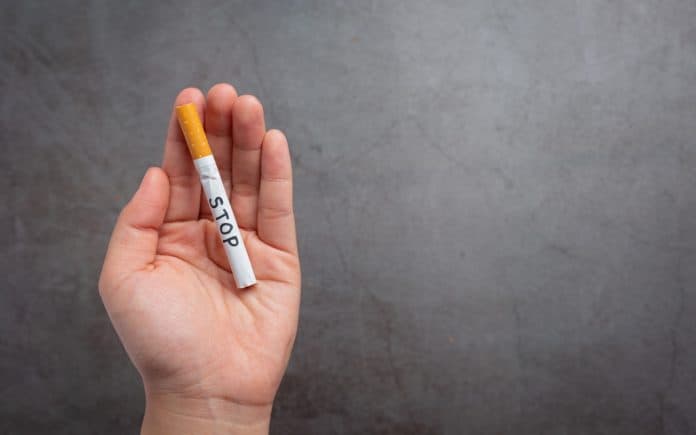We all have heard time and again that ‘Smoking is Injurious to Health’ – before movies, on poster boards, next to the roads and even in books. Then why is it so hard for us to dissociate from the habit? When it started miraculously on one fine day, why can’t we stop smoking in one day as well? Why do we not learn from our mistakes? The truth is, we try. So many have tried to quit smoking, but something pulls them back and behold! They are stuck in this vicious cycle.
“Nicotine” – The primary culprit behind this vicious cycle. It is more dangerous than most drugs. Nicotine affects your dopamine system, a neurotransmitting hormone that controls your emotions and decisions. It completely takes over your ability to derive pleasure from other activities, thus, giving satisfaction only after a smoke.
So here is a quick guide on the stages that a smoker undergoes as they try to stop smoking. It is very natural to feel this way and once you are able to understand these stages, with the right assistance, you will be able to achieve your smoke-free status soon –
- Precontemplation – Known also as the ‘stage of denial’, this one is usually the most difficult to get through. A smoker refuses to acknowledge that they have a smoking addiction or that smoking is causing some form of harm to them. They often attribute the problems to other situations and assume that they are still in the early stages of smoking, and are thus, invincible. This stage also sees a lot of procrastinators who decide that they can quit later.
Smokers are extremely defensive about their smoking habits. To stop smoking feels like an unnecessary step. This may be because they are not ready to face the anxiety that comes with accepting the fact that they NEED TO QUIT.
- Contemplation – In this stage, a smoker tries to reason and rationalize the need to choose a smoke-free life. They have come to a realization that smoking is having a negative impact on them and start considering the need to quit. They are not fully convinced though and understandably so. Their addiction is deeply rooted in their psyche and thus, it will take time to think about uprooting them.
But at least, it is a start. The seed has been sown and the action will begin soon.
- Preparation – This is where proactive decisions are taken. A smoker decides that enough is enough. It is time to act and that time is now. They start listing down the pros and cons of quitting cigarettes. Will it be difficult? Which technique should I use? What if I fail? They start seeking answers to these questions. Research begins. They talk to people about it, go on the internet to find answers and start preparing themselves mentally to stop smoking forever.
Once they set the date to start their quit journey, they keep convincing themselves that the decision that they have taken will yield fruitful results.
- Action – Date and Time – Check. Technique to quit smoking – Check! It is time to start the process. In this stage, the smoker officially begins their transformation into a non-smoker. They follow the methods suggested by the technique or program they are using. Support of their loved ones is essential during this stage, so that when they face a setback, there is someone to encourage them. A point to remember here is that a smoker’s journey, success rate and timeline to quit may vary depending on the technique that they have chosen.
Their commitment to quit and determination to get to the finish line keeps pushing them ahead and finally, they reach the stage when they have to stop smoking and quit this habit! They are free and no longer in need of cigarettes.
- Maintenance – The final stage in their quit smoking journey, it is time for them to maintain their status as a non-smoker. Quitting is hard, and what is harder is dealing with the cravings that come after. They might be tempted to smoke that one cigarette because they miss it or someone they used to smoke with is trying to get them to smoke again. Beware of this stage. It is very important to fight the cravings or they may slip up.
There is also an app, QuitSure, which uses positive psychology and CBT to do the same thing that psychologists do. You can use this from the comfort of your home and it is cost-effective as well. More than 20,000 people have quit smoking using this app in the last year. It requires only 6 days to quit smoking. The app also provides 24/7 chat support from expert psychologists and coaches. So, you could check this out and recommend the app accordingly. Moreover, the app doesn’t require the user to quit smoking immediately. It mentally prepares the user to quit. So you can simply ask your loved ones to download the app and take the first step towards a smoke-free life!
So when are you starting your journey to stop smoking permanently?



